Home>Home Appliances>Bathroom Appliances>Why Did My Electric Toothbrush Stop Working
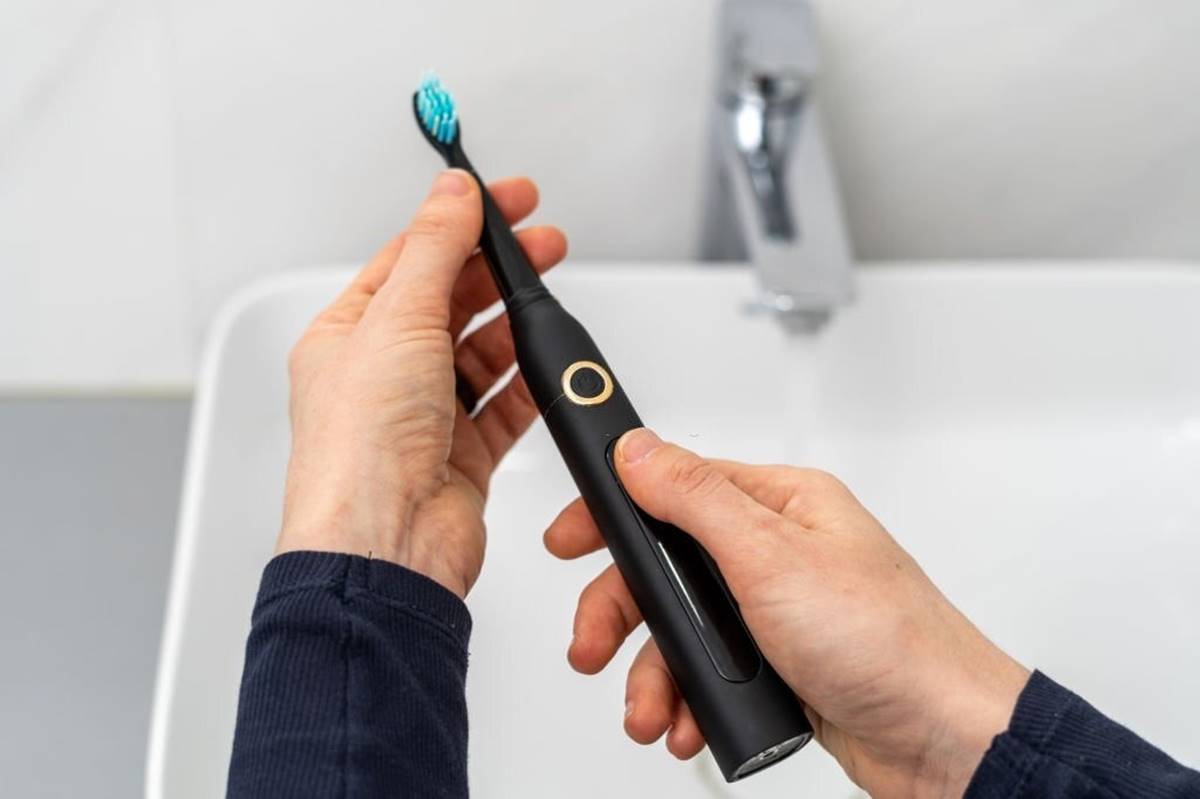

Bathroom Appliances
Why Did My Electric Toothbrush Stop Working
Modified: January 9, 2024
Discover common reasons why your electric toothbrush may have stopped working and learn how to troubleshoot the issue. Get expert tips for maintaining bathroom appliances.
(Many of the links in this article redirect to a specific reviewed product. Your purchase of these products through affiliate links helps to generate commission for Storables.com, at no extra cost. Learn more)
Introduction
Introduction
Electric toothbrushes have revolutionized the way we care for our oral hygiene, offering convenience, efficiency, and advanced cleaning technology. However, encountering issues with these devices is not uncommon, and understanding the reasons behind their malfunctions can help users rectify the problems effectively. In this article, we will explore the common issues that may cause an electric toothbrush to stop working, along with potential solutions and essential maintenance tips to prolong its lifespan.
Whether you are a seasoned electric toothbrush user or considering making the switch from a manual toothbrush, it’s crucial to be aware of the potential challenges that may arise. By gaining insight into the common issues and learning how to address them, you can make the most of your electric toothbrush and maintain optimal oral health.
Key Takeaways:
- Keep your electric toothbrush working by replacing the battery, cleaning it regularly, and storing it properly. This will ensure effective oral hygiene and a longer lifespan for your device.
- Understanding common issues like battery malfunction and mechanical failure can help you troubleshoot and maintain your electric toothbrush. By following maintenance tips, you can prevent problems and enjoy a reliable oral care companion.
Read more: Why Did My Quip Toothbrush Stop Working
Common Issues with Electric Toothbrushes
Electric toothbrushes, while highly efficient, may encounter several issues that can impede their functionality. Understanding these common issues is essential for troubleshooting and ensuring the longevity of your device.
- Battery Malfunction: One of the most prevalent issues with electric toothbrushes is related to the battery. Over time, the battery may lose its ability to hold a charge, leading to a significant decrease in the device’s operational time. This can be frustrating, especially when the toothbrush stops working mid-use. Additionally, faulty batteries may result in difficulty charging the toothbrush, further exacerbating the problem.
- Mechanical Failure: Electric toothbrushes consist of intricate mechanical components that drive the brush head’s movement. Mechanical failure can occur due to wear and tear, resulting in the brush head not oscillating or rotating as intended. This issue compromises the toothbrush’s cleaning efficacy and may render it ineffective in maintaining oral hygiene.
- Water Damage: While electric toothbrushes are designed to withstand exposure to water during regular use, prolonged or excessive water exposure can lead to internal damage. Water infiltration into the electronic components can cause corrosion and electrical shorts, ultimately causing the toothbrush to malfunction.
- Brush Head Issues: The brush head of an electric toothbrush plays a pivotal role in effective plaque removal and gum care. However, the bristles may wear out over time, diminishing their cleaning effectiveness. Additionally, a buildup of debris and bacteria on the brush head can compromise oral hygiene and contribute to the toothbrush’s overall ineffectiveness.
- Power Button Problems: Some users may encounter issues with the power button, such as it becoming unresponsive or malfunctioning. This can prevent the toothbrush from turning on or off as desired, disrupting the user’s oral care routine.
Recognizing these common issues with electric toothbrushes is the first step toward resolving them and restoring the device’s functionality. In the following section, we will delve into potential solutions for addressing these issues, empowering users to troubleshoot their electric toothbrushes effectively.
Possible Solutions
When faced with issues related to electric toothbrush malfunctions, it’s essential to explore potential solutions to rectify the problems and restore the device’s optimal functionality. By addressing these issues proactively, users can prolong the lifespan of their electric toothbrushes and maintain effective oral hygiene practices.
- Battery Replacement: If the electric toothbrush exhibits diminished battery life or struggles to hold a charge, replacing the battery can rejuvenate its performance. Many electric toothbrush models feature replaceable batteries, allowing users to easily swap out the old battery for a new one. This simple solution can significantly extend the toothbrush’s operational lifespan.
- Mechanical Repairs: In the case of mechanical failure, seeking professional repairs or utilizing manufacturer-provided troubleshooting resources can help address the issue. Whether it involves replacing worn-out components or recalibrating the internal mechanisms, professional intervention can restore the toothbrush’s functionality.
- Preventing Water Damage: To mitigate the risk of water damage, users should ensure that the electric toothbrush is thoroughly dry after each use. Additionally, storing the toothbrush in a dry environment and avoiding prolonged exposure to moisture can safeguard it from internal damage caused by water infiltration.
- Regular Brush Head Replacement: To combat brush head issues, regularly replacing the brush head according to the manufacturer’s recommendations is crucial. This practice ensures that the bristles maintain their effectiveness and prevents the accumulation of debris and bacteria, promoting optimal oral hygiene.
- Power Button Troubleshooting: If the power button exhibits issues, such as unresponsiveness or erratic behavior, carefully cleaning the area around the button and ensuring that it is free from debris can often resolve the problem. Additionally, referring to the user manual for troubleshooting guidance specific to the toothbrush model can offer valuable insights for addressing power button issues.
By implementing these potential solutions, users can effectively troubleshoot common issues with electric toothbrushes and restore their devices to full functionality. Additionally, adhering to proactive maintenance practices can prevent future issues and prolong the lifespan of electric toothbrushes, ensuring continued efficacy in maintaining oral health.
Check the battery and charging connection. If the battery is dead, replace it. If the charging connection is loose or dirty, clean it or get it fixed.
Maintenance Tips
Proactive maintenance is key to extending the lifespan of electric toothbrushes and ensuring their consistent performance. By incorporating the following maintenance tips into your oral care routine, you can optimize the functionality of your electric toothbrush and promote superior oral hygiene.
- Thorough Cleaning: After each use, thoroughly rinse the brush head to remove any toothpaste residue and debris. Periodically, detach the brush head and clean the connection point to prevent the accumulation of grime, ensuring uninterrupted functionality.
- Proper Storage: Store the electric toothbrush in an upright position to allow any residual moisture to evaporate. Avoid enclosing the toothbrush in a container or covering it with a cap immediately after use, as this can trap moisture and promote bacterial growth.
- Regular Charging: Adhere to the manufacturer’s guidelines regarding charging the electric toothbrush. Overcharging or allowing the battery to completely discharge frequently can affect its overall lifespan. Maintaining the battery within the recommended charge range can optimize its longevity.
- Replacement Reminder: Keep track of the recommended brush head replacement intervals specified by the manufacturer. Set reminders to ensure timely replacement, as worn-out bristles compromise the toothbrush’s cleaning efficacy and may harbor bacteria.
- Periodic Inspection: Routinely inspect the electric toothbrush for any signs of wear, damage, or irregularities. This includes checking the power button, handle, and charging base for any potential issues that may warrant attention or professional maintenance.
- Travel Precautions: When traveling with your electric toothbrush, ensure that it is adequately protected to prevent damage. Consider using a travel case or cover to shield the toothbrush from impact and environmental elements.
By integrating these maintenance tips into your oral care regimen, you can preserve the functionality of your electric toothbrush and mitigate the risk of common issues that may compromise its performance. Consistent maintenance not only enhances the longevity of the device but also contributes to optimal oral health outcomes.
Conclusion
Electric toothbrushes offer a modern and efficient approach to oral hygiene, yet they are susceptible to various issues that can hinder their performance. By familiarizing yourself with the common issues, implementing effective solutions, and embracing proactive maintenance, you can optimize the functionality and longevity of your electric toothbrush.
Addressing battery malfunctions, mechanical failures, water damage, brush head issues, and power button problems through appropriate solutions is paramount in ensuring that your electric toothbrush remains an indispensable tool in your oral care routine. Whether it’s replacing the battery, seeking professional repairs, or practicing diligent maintenance, taking proactive steps can mitigate potential issues and prolong the lifespan of your device.
Moreover, integrating maintenance tips such as thorough cleaning, proper storage, regular charging, timely brush head replacement, periodic inspection, and travel precautions can safeguard your electric toothbrush from preventable damage and degradation. By prioritizing these maintenance practices, you can uphold the effectiveness of your electric toothbrush and promote superior oral health outcomes.
In essence, understanding the common issues, implementing solutions, and embracing proactive maintenance empowers users to derive maximum benefit from their electric toothbrushes. By nurturing these valuable devices with care and attention, you can elevate your oral hygiene routine and enjoy the long-term advantages of a reliable and efficient oral care companion.
Embracing a proactive approach to electric toothbrush maintenance not only enhances the device’s longevity but also contributes to your overall oral health, empowering you to maintain a confident and radiant smile.
Frequently Asked Questions about Why Did My Electric Toothbrush Stop Working
Was this page helpful?
At Storables.com, we guarantee accurate and reliable information. Our content, validated by Expert Board Contributors, is crafted following stringent Editorial Policies. We're committed to providing you with well-researched, expert-backed insights for all your informational needs.
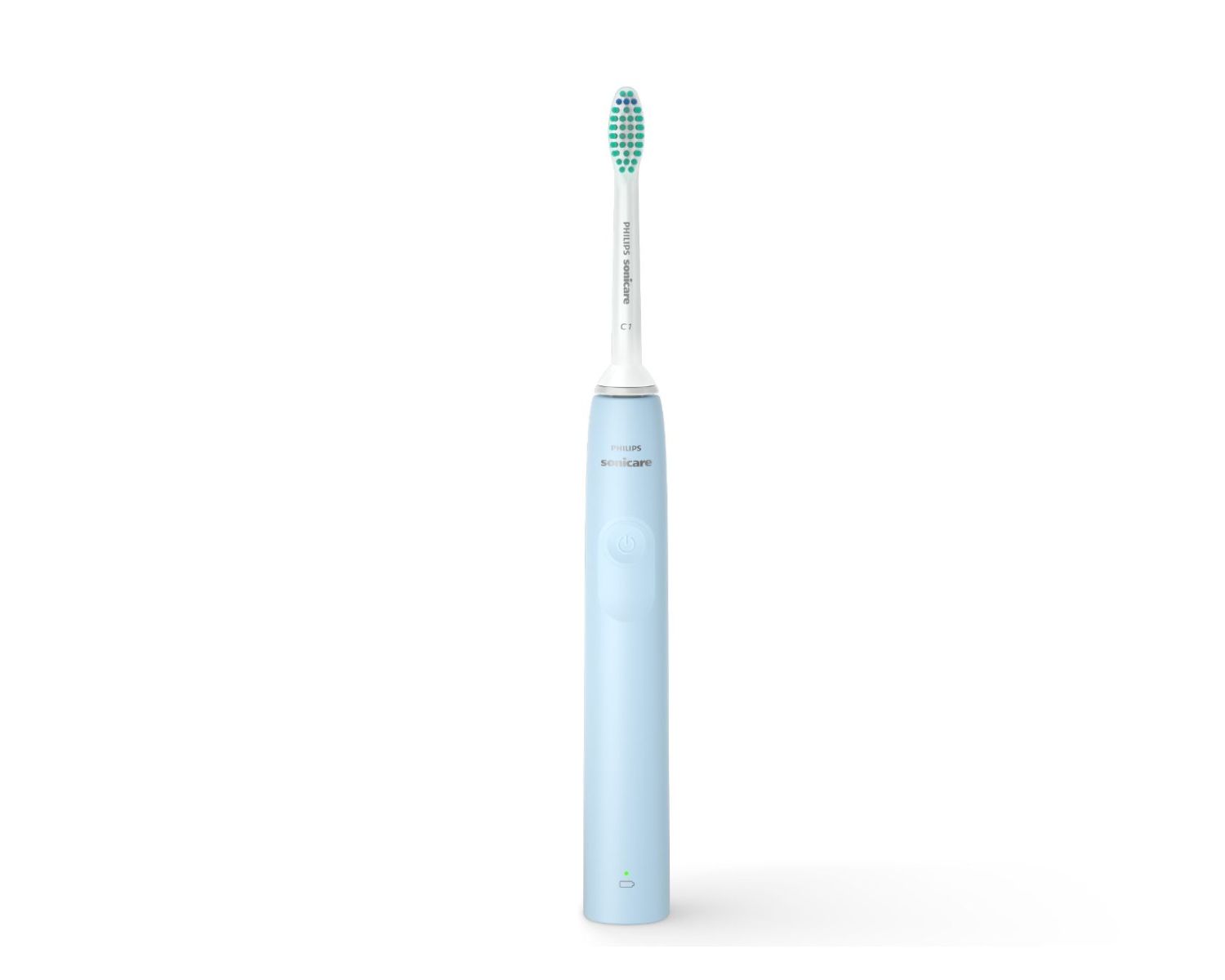



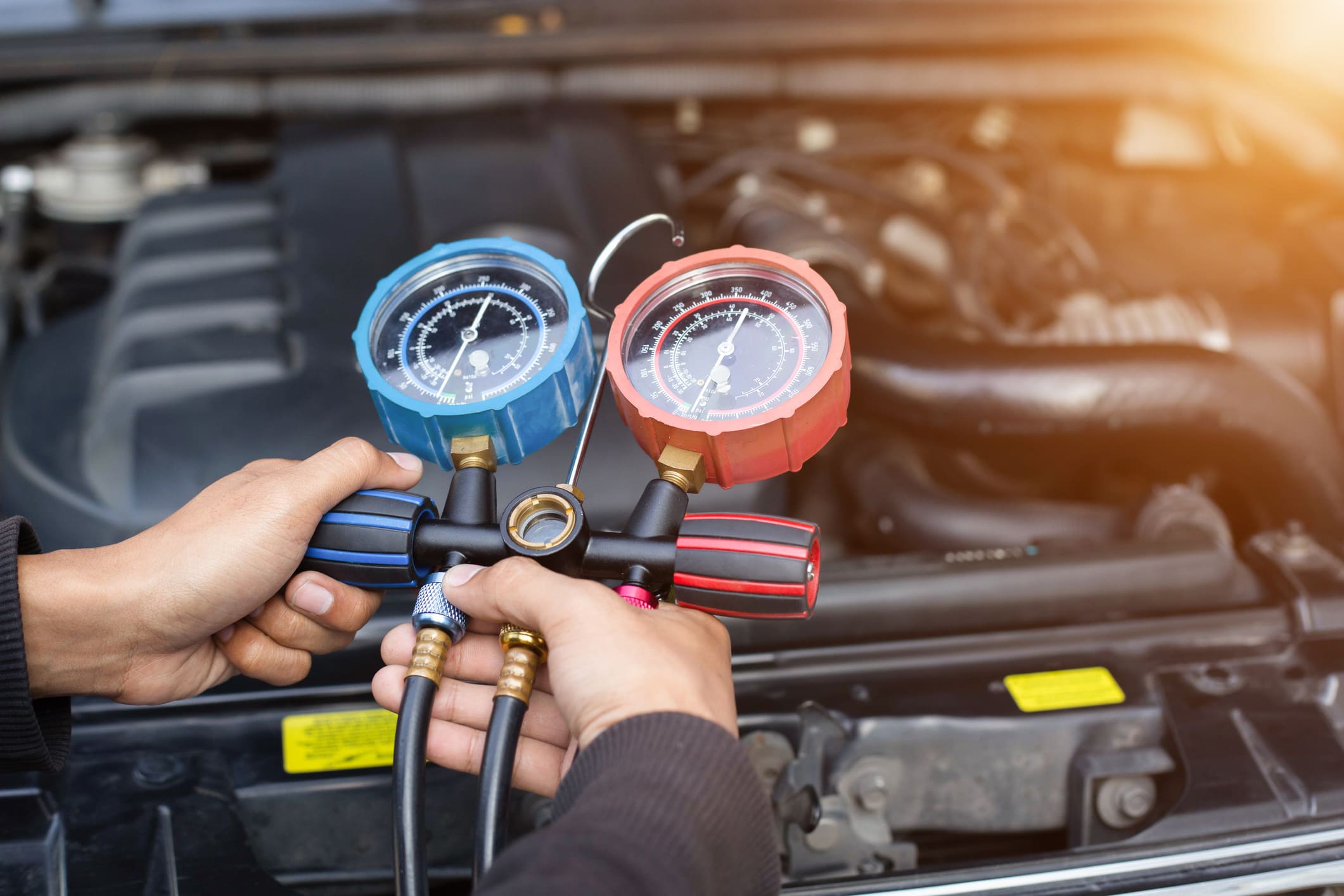
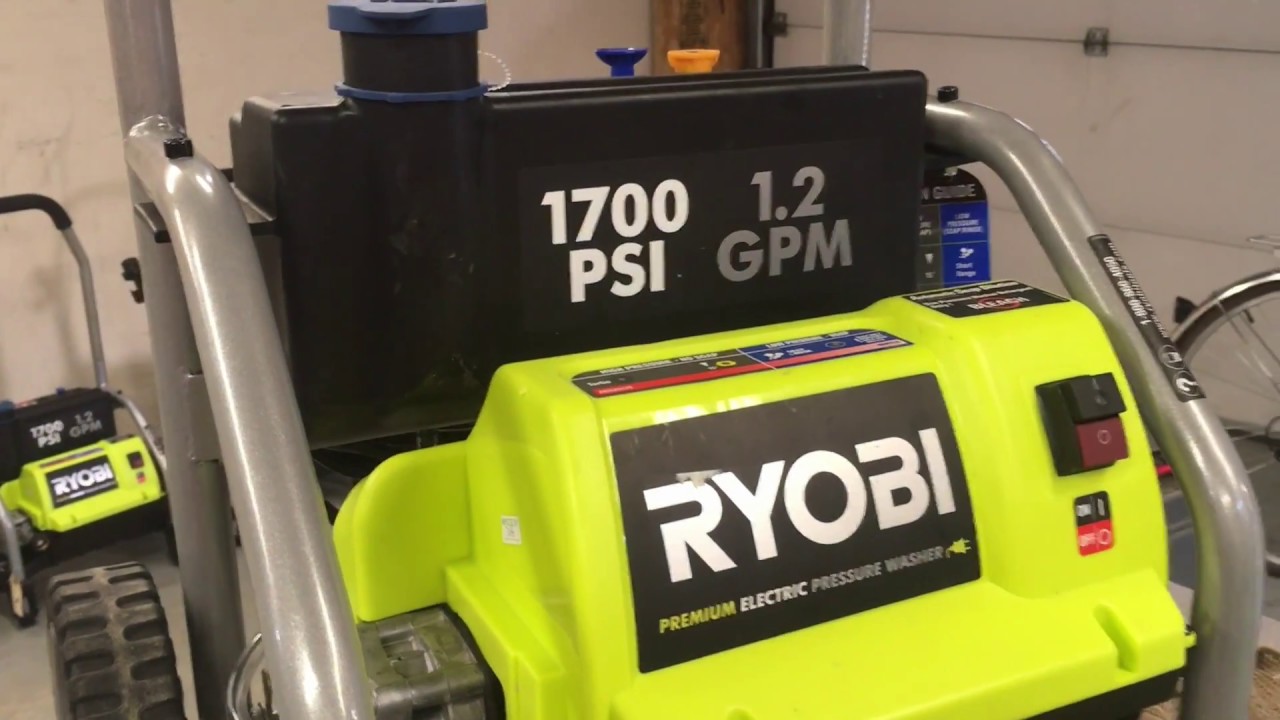
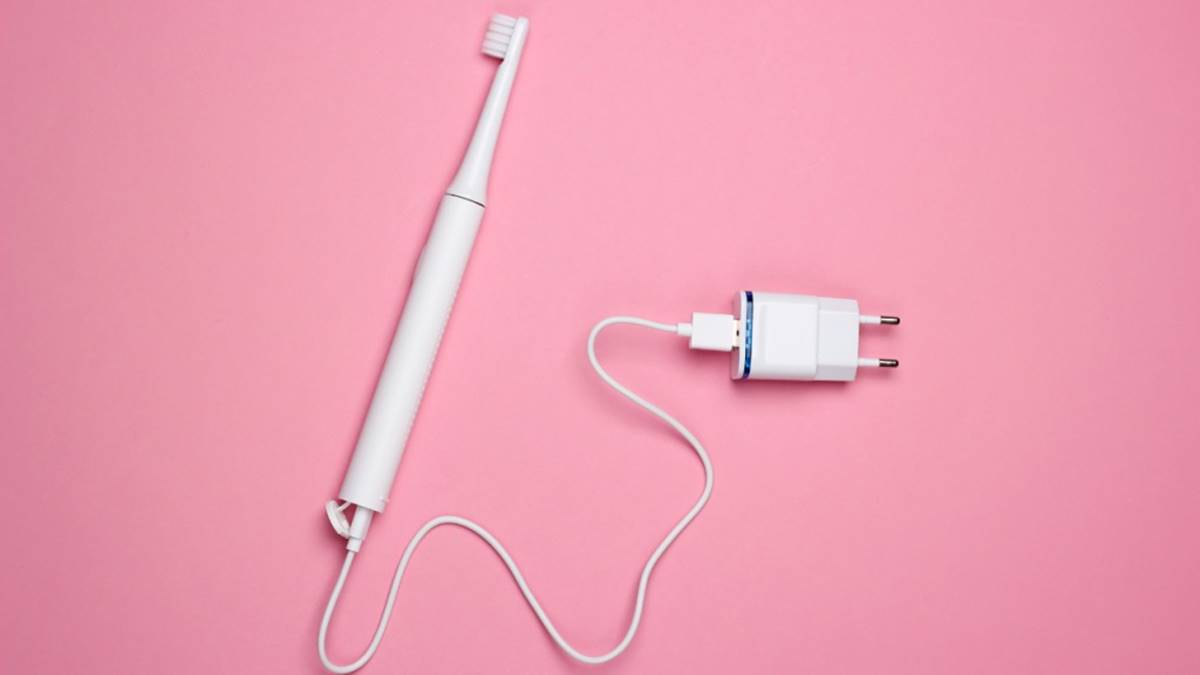
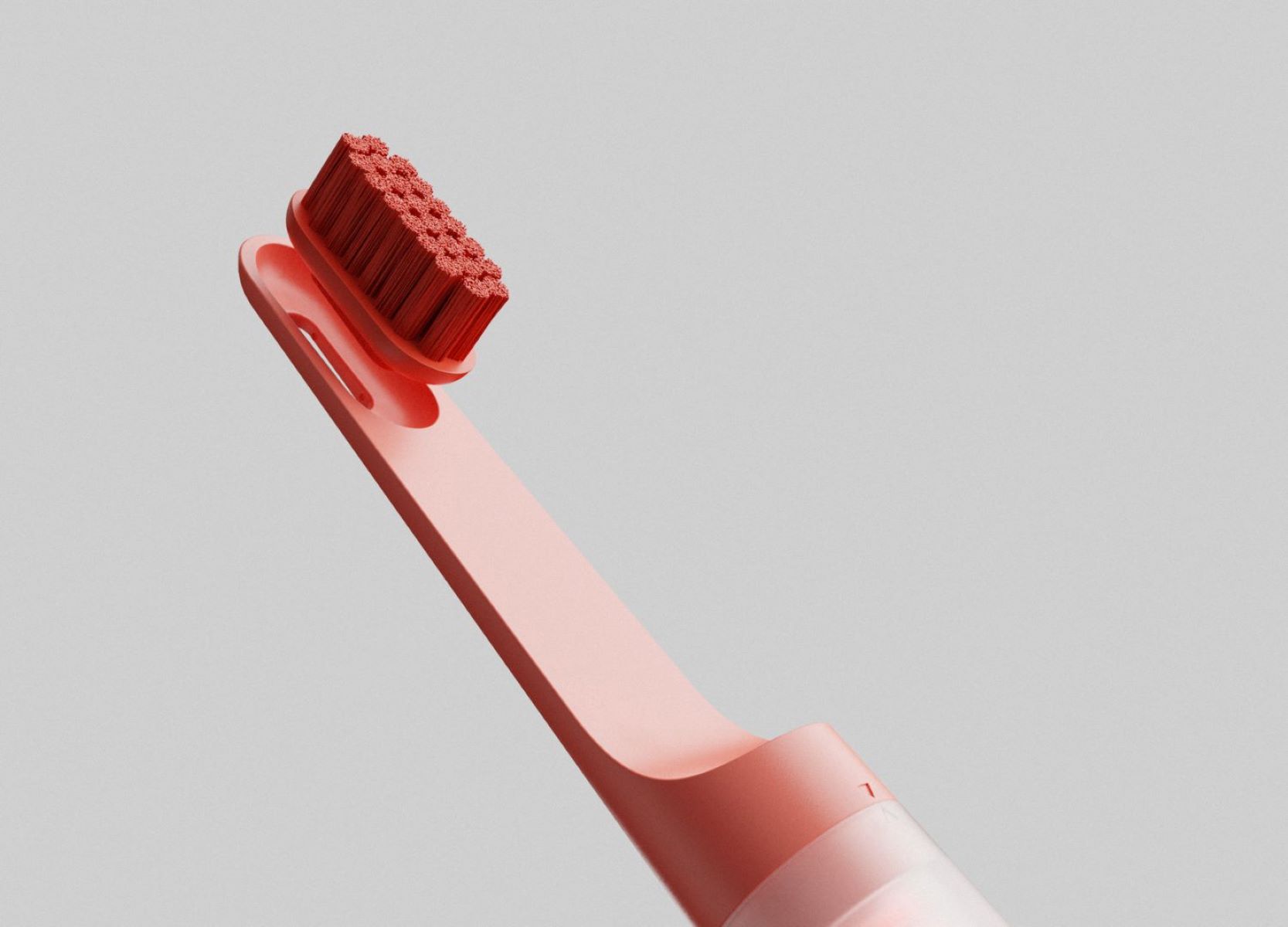
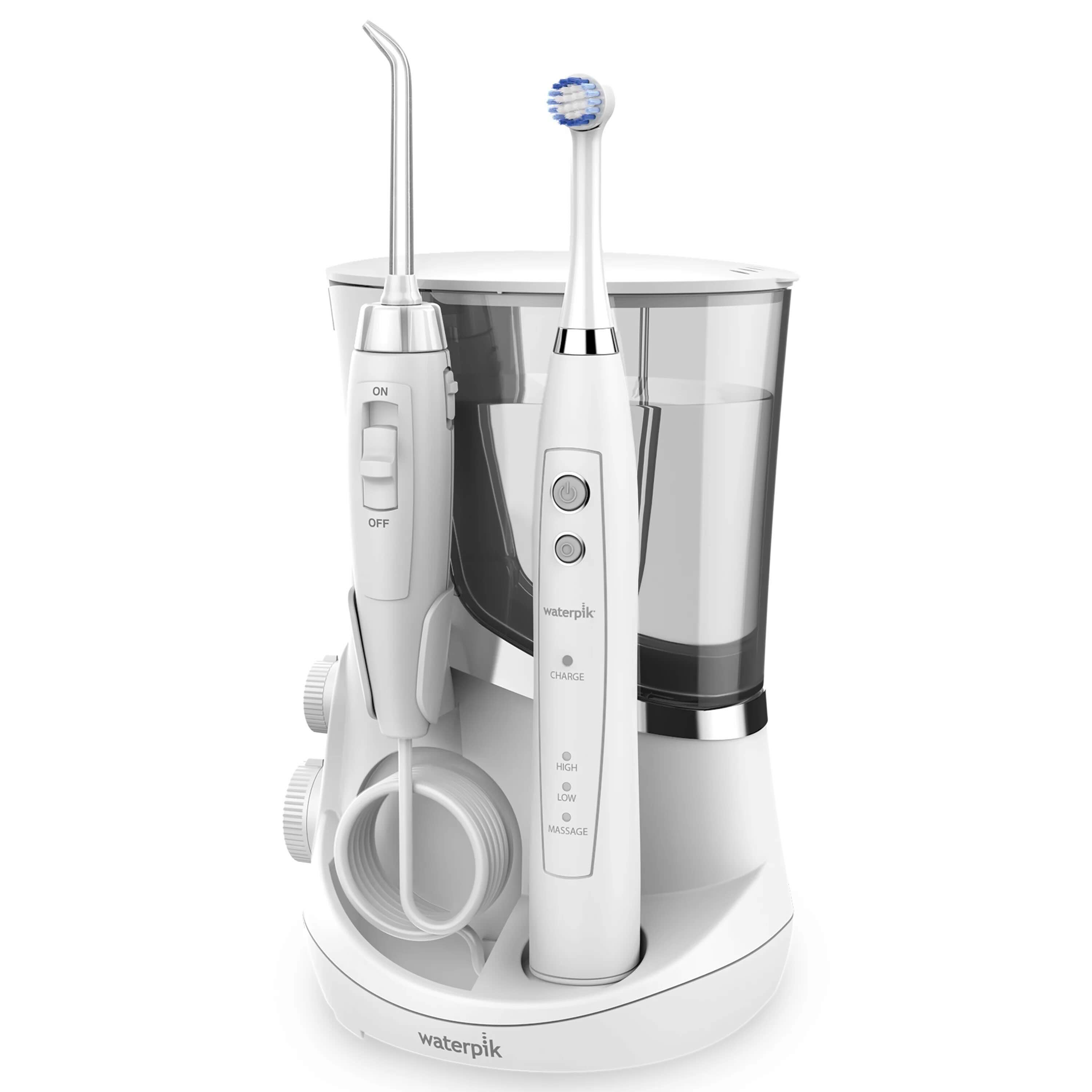
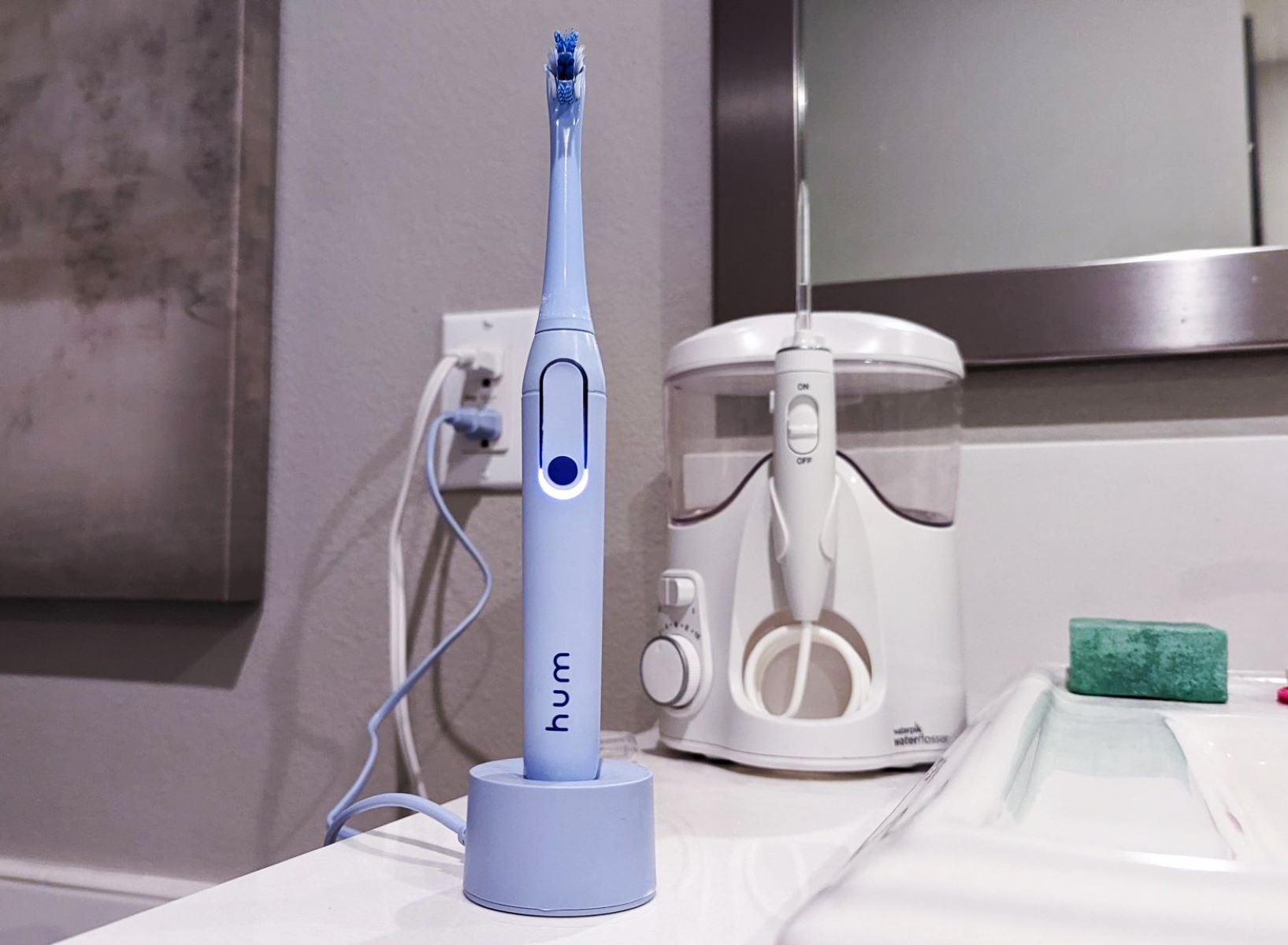
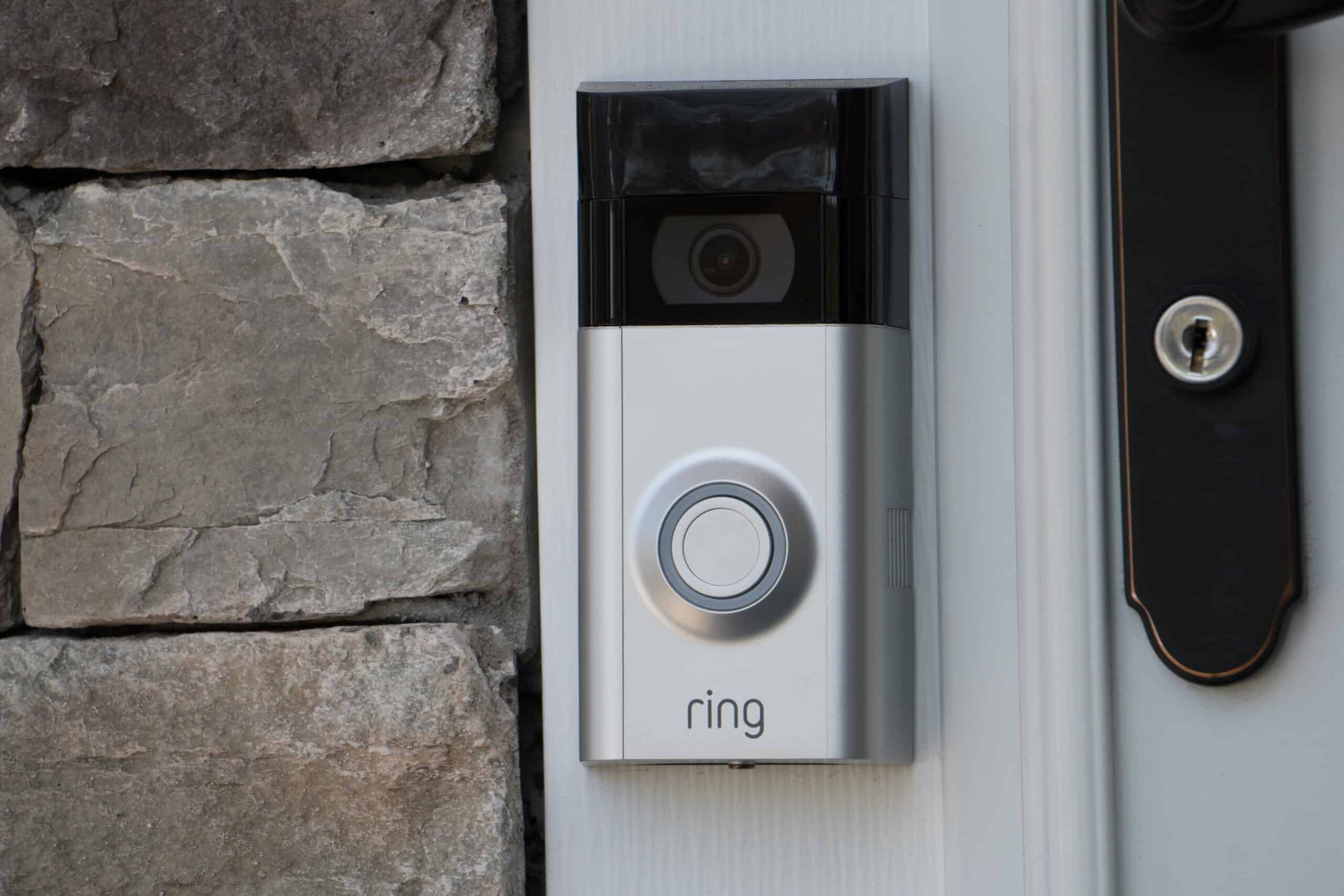
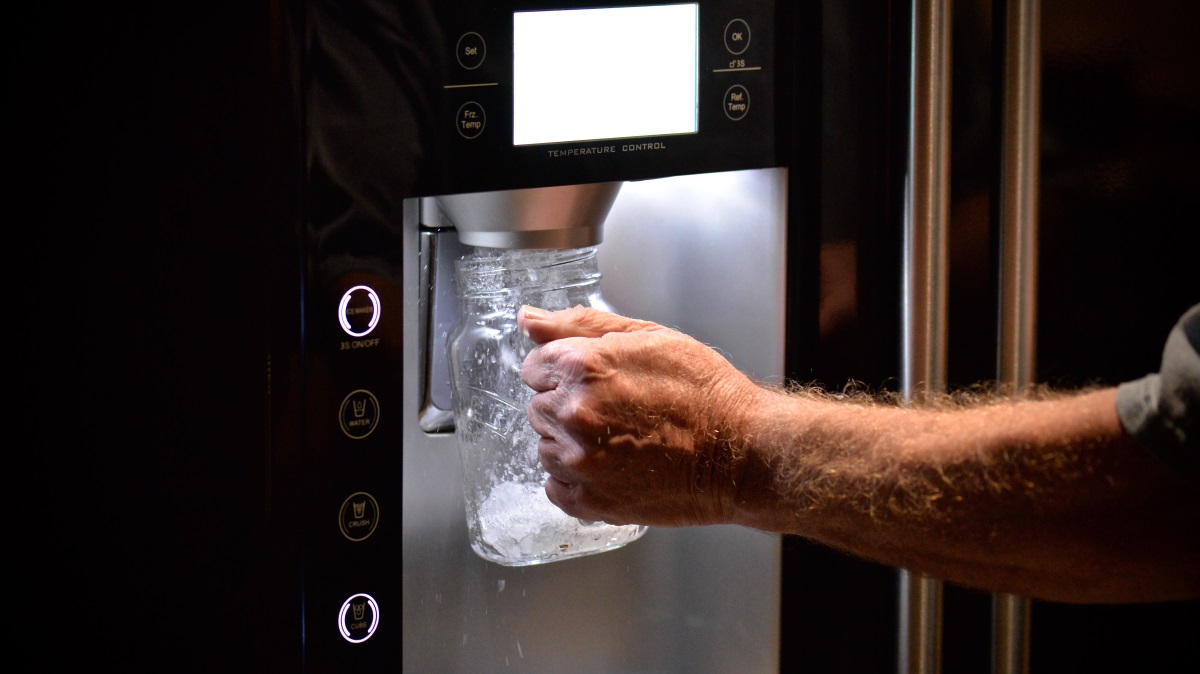
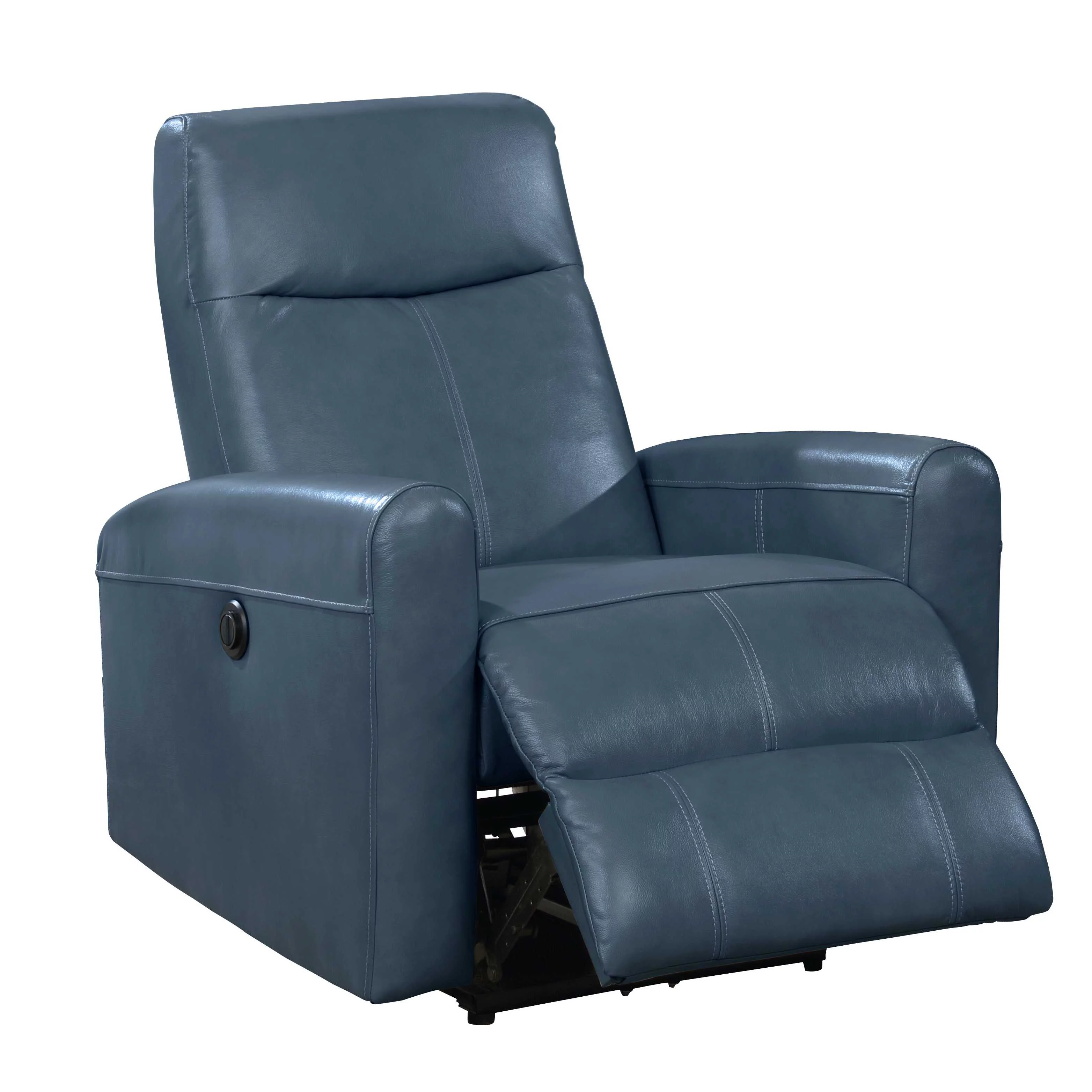
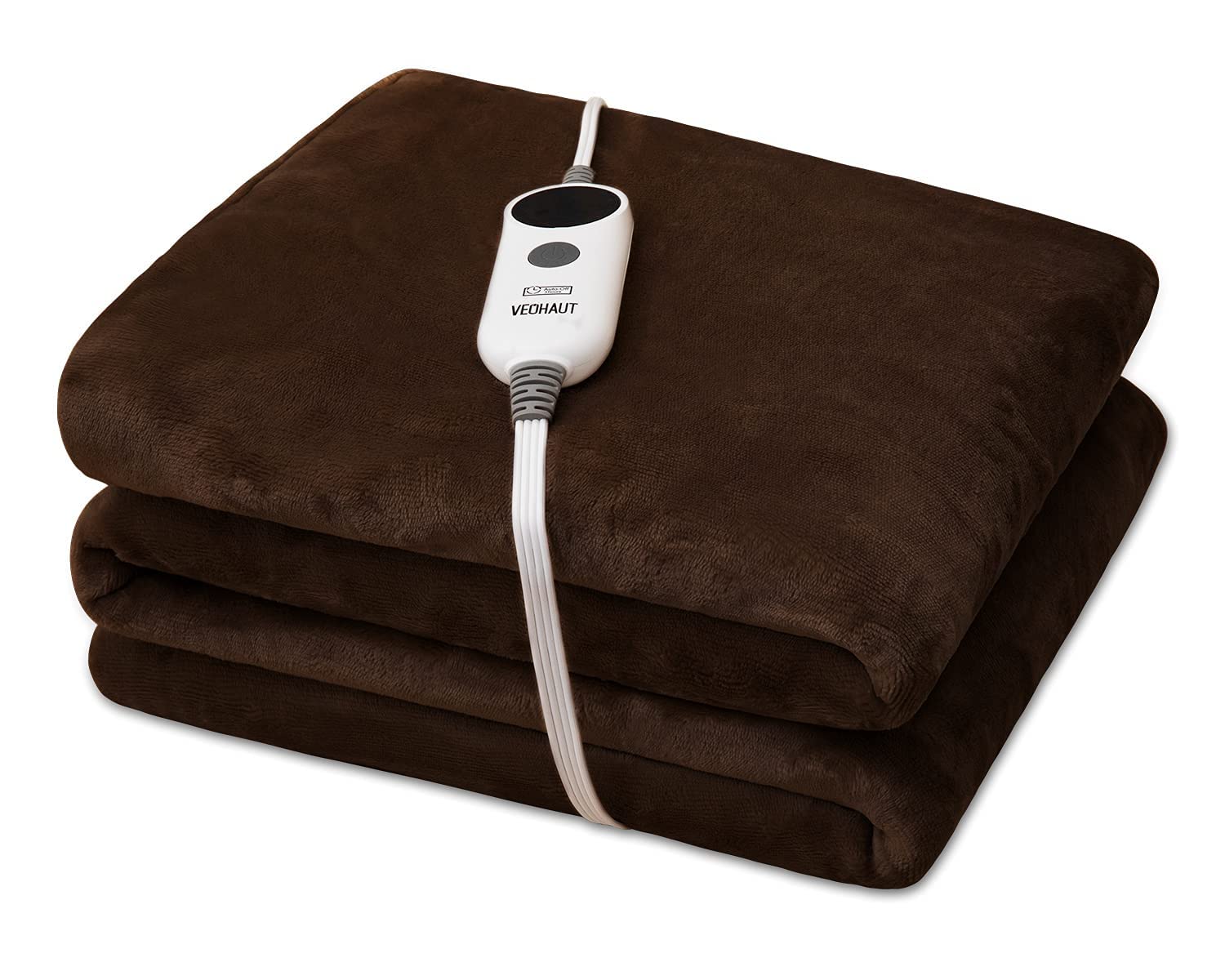


0 thoughts on “Why Did My Electric Toothbrush Stop Working”